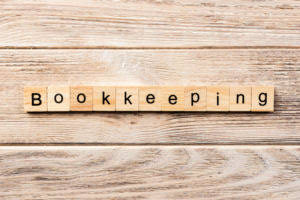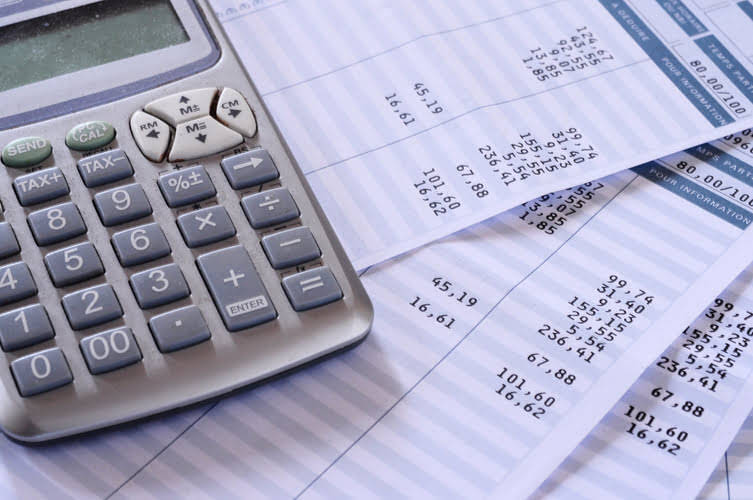
In our modeling exercise, we’ll forecast the shareholders’ equity balance of a hypothetical company for fiscal years 2021 and 2022. If shareholders’ equity is positive, that indicates the company has enough assets to cover its liabilities. But if it’s negative, that means its debt and debt-like obligations outnumber its assets. Shareholders Equity is the difference between a company’s assets and liabilities, and represents the remaining value if all assets were liquidated and outstanding debt obligations were settled. Given the decision by Company B to repurchase $25m worth of shares each year, which is captured in the “Treasury Stock” line item as a contra-equity account, the total shareholders’ equity is lower compared to Company A.
Why Use the Return on Equity Metric?
Property, Plant, and Equipment (also known as PP&E) capture the company’s tangible fixed assets. Some companies will class out their PP&E by the different types of assets, such as Land, Building, and various types of Equipment. Enter your name and email in the form below and download the free template now! You can use the Excel file to enter the numbers for any company and gain a deeper understanding of how balance sheets work.
What is shareholder equity, and how can I calculate it?
It can also be referred to as shareholders’ equity, owner equity or book value. In terms of its application, stockholders’ equity can be used to generate a financial snapshot of a company at any given point in time. Specifically, this metric can how to calculate total stockholders equity be used to evaluate the likelihood of receiving a payment should the company have to liquidate.
Return on Equity Formula
Total Equity provides Interior Design Bookkeeping insight into a company’s net worth and its ability to sustain operations without external support. For corporations, total equity is also referred to as shareholders’ equity, whereas for sole proprietors or partnerships, it might be labeled as owners’ equity. Total Equity represents the value that would remain for shareholders if the company were to sell all its assets and pay off all its liabilities. In this case, the $700,000 in equity is the shareholder’s claim on the company’s assets after its debts have been settled.

Non-Current Liabilities

Identifiable intangible assets include patents, licenses, and secret formulas. Inventory includes amounts for raw materials, work-in-progress goods, and finished goods. The company uses this account when it reports sales of goods, generally under cost of goods sold in the income statement. Some industries tend to achieve higher ROEs than others, and therefore, ROE is most useful when comparing companies within the same industry. Cyclical industries tend to generate higher ROEs than defensive industries, which is due to the different risk characteristics attributable to them.
- All figures and data in this article were accurate at the time it was published.
- It represents proof of a company’s ability to efficiently use capital and execute thoughtful strategic decisions.
- Includes non-AP obligations that are due within one year’s time or within one operating cycle for the company (whichever is longest).
- Next, the “Retained Earnings” are the accumulated net profits (i.e. the “bottom line”) that the company holds onto as opposed to paying dividends to shareholders.
- A balance sheet can’t predict changes in the value of a company’s assets or changes to its liabilities that haven’t occurred yet.
For example, it may be difficult to assign a payroll dollar value to the expertise and knowledge that a company’s CEO brings to the table. Likewise, the value of a brand can be equally difficult to measure in concrete terms. This compares the share price to the company’s book value (as we’ve said, that’s where shareholder equity comes in).


While they may seem similar, the current portion of long-term debt is specifically the portion due within this year of a piece of debt that has a maturity of more than one year. For example, if a company takes on a bank loan to be paid off in 5-years, this account will include the portion of that loan due in the next year. This line item includes all of the company’s intangible fixed assets, which may or may not be identifiable.